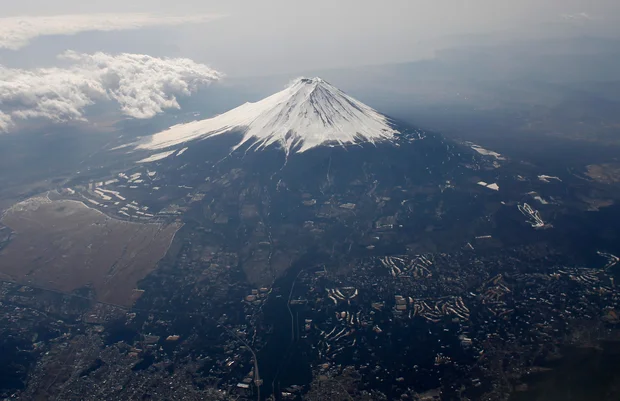According to a statement from the Police service on Monday, a climber flown with altitude sickness from near the summit of Japan’s Mount Fuji last week returned to the hill and was rescued again just four days later.
Authorities said the climber, a 27-year-old Chinese student living in Japan, was first airlifted on April 22 after suffering from altitude sickness near the summit of the iconic mountain. His climbing gear was also reportedly damaged during the ordeal.
However, that was not the end of it. By Saturday, he was back on the same mountain, this time hiking up the Fujinomiya trail to retrieve personal goods left behind during the initial rescue, including his cellphone.
He was discovered again, approximately 3,000 meters (or roughly 10,000 feet) above, paralyzed and suffering from what investigators suspect was a second attack of altitude sickness. Another climber spotted him and alerted emergency personnel for the second rescue.
Climbing Mount Fuji outside of the regular season (which lasts from July to early September) is not unlawful, and there is no penalty for needing a rescue, even twice in a week.
However, the event has sparked an online uproar on Japanese social media, with many pushing for the man to be held responsible, at least for the second emergency response.
According to AP, Shizuoka police, who responded to both rescues, issued a statement urging climbers to respect the mountain’s harsh off-season conditions, noting that the slopes remain snow-covered and dangerously cold well into spring.
Mount Fuji, standing at 3,776 meters (12,388 feet), holds UNESCO World Cultural Heritage status and is deeply rooted in Japanese culture. Once a place of spiritual pilgrimage, it’s now a magnet for hikers, both seasoned and spontaneous. In recent years, local officials have introduced entry fees and daily caps to manage overcrowding and reckless summit attempts.









